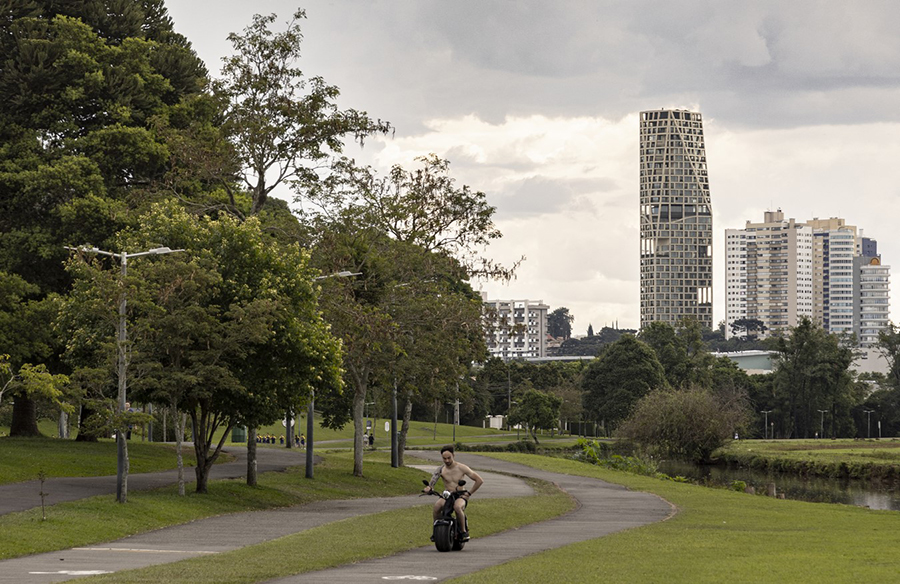In an era defined by technological advancement, the agricultural sector is undergoing a profound transformation, propelled by the integration of artificial intelligence (AI) and robotics. One notable example of this paradigm shift is the emergence of fully automated farms, where traditional farming practices yield to a new era of “hands-free” agriculture.
A Glimpse into the Future
Located in Australia, the country’s first fully automated farm stands as a testament to innovation and efficiency in agricultural practices. Developed by researchers at Charles Sturt University in Wagga Wagga in collaboration with the Food Agility Cooperative Research Centre, this groundbreaking project represents a significant investment, totaling $20 million, as reported by ABC News.
Spanning an expansive 1,900 hectares, the automated farm serves as a pioneering model for the integration of robotics and AI in modern agriculture. Equipped with a diverse array of technologies, including drones, robot tractors, harvesters, and smart sensors, the farm exemplifies the potential of hands-free farming to revolutionize traditional farming methods.
Leveraging Artificial Intelligence
Central to the vision of hands-free farming is the utilization of artificial intelligence to optimize decision-making processes across various agricultural activities. By leveraging AI algorithms, farmers can enhance their efficiency in planting, conditioning, and harvesting crops, leading to improved productivity and resource utilization.
Richard Norton, CEO of Food Agility, envisions a future where technology seamlessly integrates with agricultural practices, stating, “Full automation is not a distant concept; there are already mines in the Pilbara operated entirely in this way.” This transformative shift promises to redefine the role of farmers, allowing them to transition from manual labor to overseeing robotic operations from behind screens.
Advancing Sustainability and Security
Beyond enhancing productivity, the automated farm prioritizes sustainability and cybersecurity as integral components of its operational framework. Advanced sensors monitor interactions between plants, soils, and animals, enabling the implementation of evidence-based sustainability practices.
Moreover, the establishment of a state-of-the-art cyber-secure environment underscores the commitment to addressing emerging cybersecurity risks in food production. Through continuous innovation and technological integration, the automated farm seeks to mitigate environmental impact while ensuring the security and integrity of agricultural operations.
Paving the Way for Change
The advent of hands-free farming represents just one facet of the broader technological revolution shaping the future of food production. From vertical farms optimizing urban space to smart greenhouses conserving resources, technological innovations are driving unprecedented efficiency and sustainability in agriculture.
Furthermore, advancements in artificial meat production offer promising solutions to mitigate greenhouse gas emissions associated with traditional animal rearing. As concerns regarding job displacement loom, studies indicate that automation will create more jobs than it displaces, with laborers transitioning to roles that complement technological advancements.
In essence, the convergence of technology and agriculture heralds a new era of innovation and sustainability, offering unprecedented opportunities to redefine the future of food production on a global scale.













